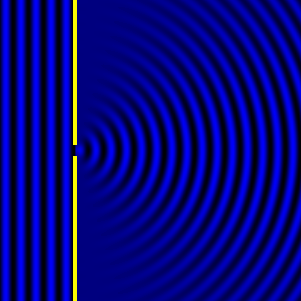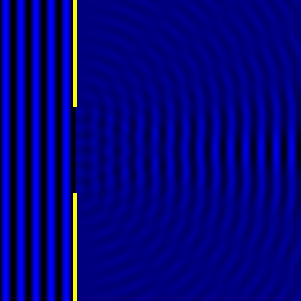Joe McKeown (Talk | contribs) (Created page with "{{:Team:York/Templates/NavigationBar}} <html> <!DOCTYPE html> <body style="background-color: #fff;"> <div class="cam-container" style="background-color: #dddddd; color: #44444...") |
Joe McKeown (Talk | contribs) |
||
| Line 3: | Line 3: | ||
<!DOCTYPE html> | <!DOCTYPE html> | ||
<body style="background-color: #fff;"> | <body style="background-color: #fff;"> | ||
| + | <div> | ||
| + | <!-- Header --> | ||
| + | <header class="intro-header" style="background: url(//2017.igem.org/wiki/images/2/27/TeamYork-TemporaryBackground.png); background-size: contain; background-position:0px 20px;"> | ||
| + | <div class="container"> | ||
| + | <div class="intro-message text-center container" style = "margin: 0px 0px;"> | ||
| + | <br style = “line-height:20px;”><br> | ||
| + | <h1 style="-webkit-text-stroke: 2px black; color:#fff;">iGEM York 2017</h1> | ||
| + | <h1 style="-webkit-text-stroke: 2px black; color:#fff;">DIHM Assisted Co-culture Optimization</h1> | ||
| + | </div> | ||
| + | </div> | ||
| + | </div> | ||
| + | </header> | ||
| + | <!--Page Content--> | ||
<div class="cam-container" style="background-color: #dddddd; color: #444444;"> | <div class="cam-container" style="background-color: #dddddd; color: #444444;"> | ||
<section id="DIHM" style="padding-top: 10px; padding-bottom: 20px; margin-top: 0px;"> | <section id="DIHM" style="padding-top: 10px; padding-bottom: 20px; margin-top: 0px;"> | ||
Revision as of 16:59, 7 September 2017
Digital Inline Holographic Microscopy
How does it work?
Digital holographic microscopy makes use of diffraction. This a physical phenomenon wherein objects (or apertures) in the path of a source of waves will create patterns in the waves. These patterns depend on the shape of the objects themselves. Since electromagnetic waves are, somewhat unsurprisingly, waves, it is possible to use the diffraction of light to create patterns that we can see.

- Diffraction pattern caused by a slit of width equivalent to one wavelength [1].

- Diffraction pattern caused by a slit of width equivalent to six wavelengths [1].
The above images show examples of patterns being formed in wavefronts by apertures in the path of otherwise uninterrupted waves. As can be seen by contrasting these images, the pattern created by a larger aperture is distinguishable from a smaller aperture's pattern. The particular distinctions can be described through mathematical formalisms. Thence, once the diffraction patterns have been created, it is possible to infer the shape and size of the objects that caused them, if we also know the wavelength of the light source and the distance from the sample at which the patterns were observed.
References
- [1]: Diffraction Formalism, Wikipedia, as on 4th September 2017 at http://en.wikipedia.org/wiki/Diffraction_formalism



